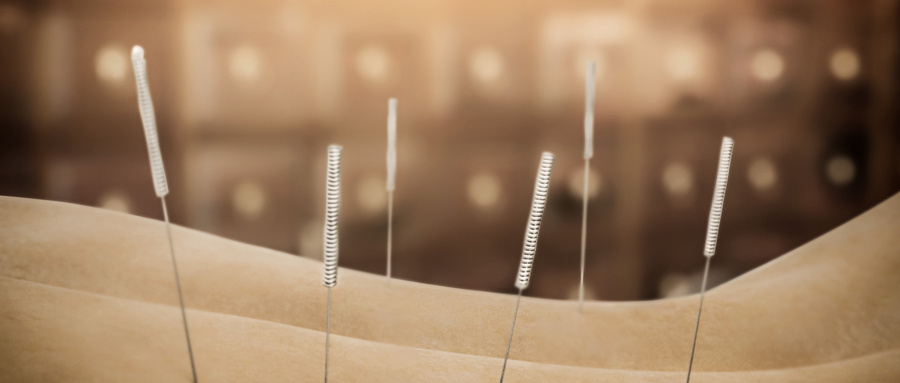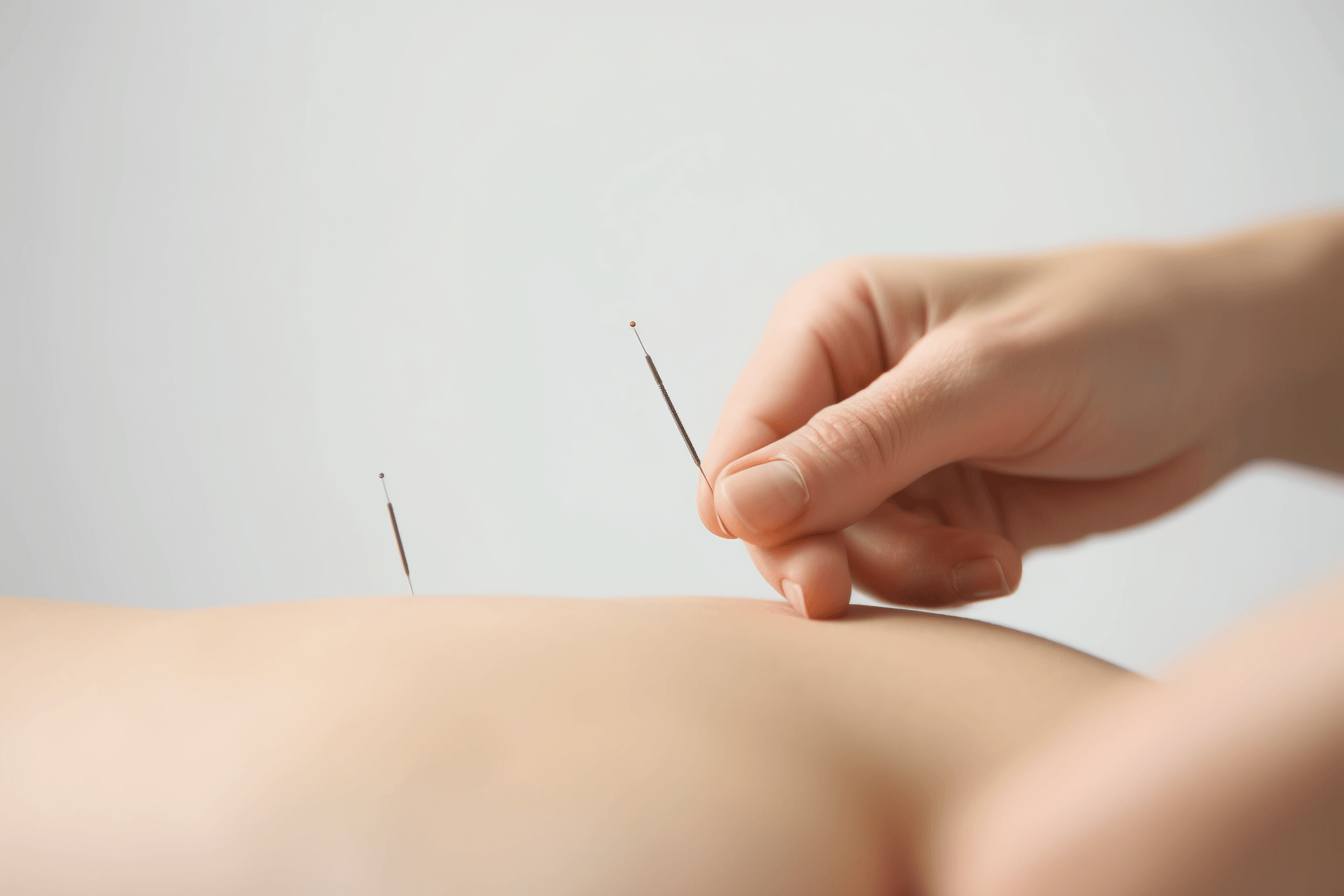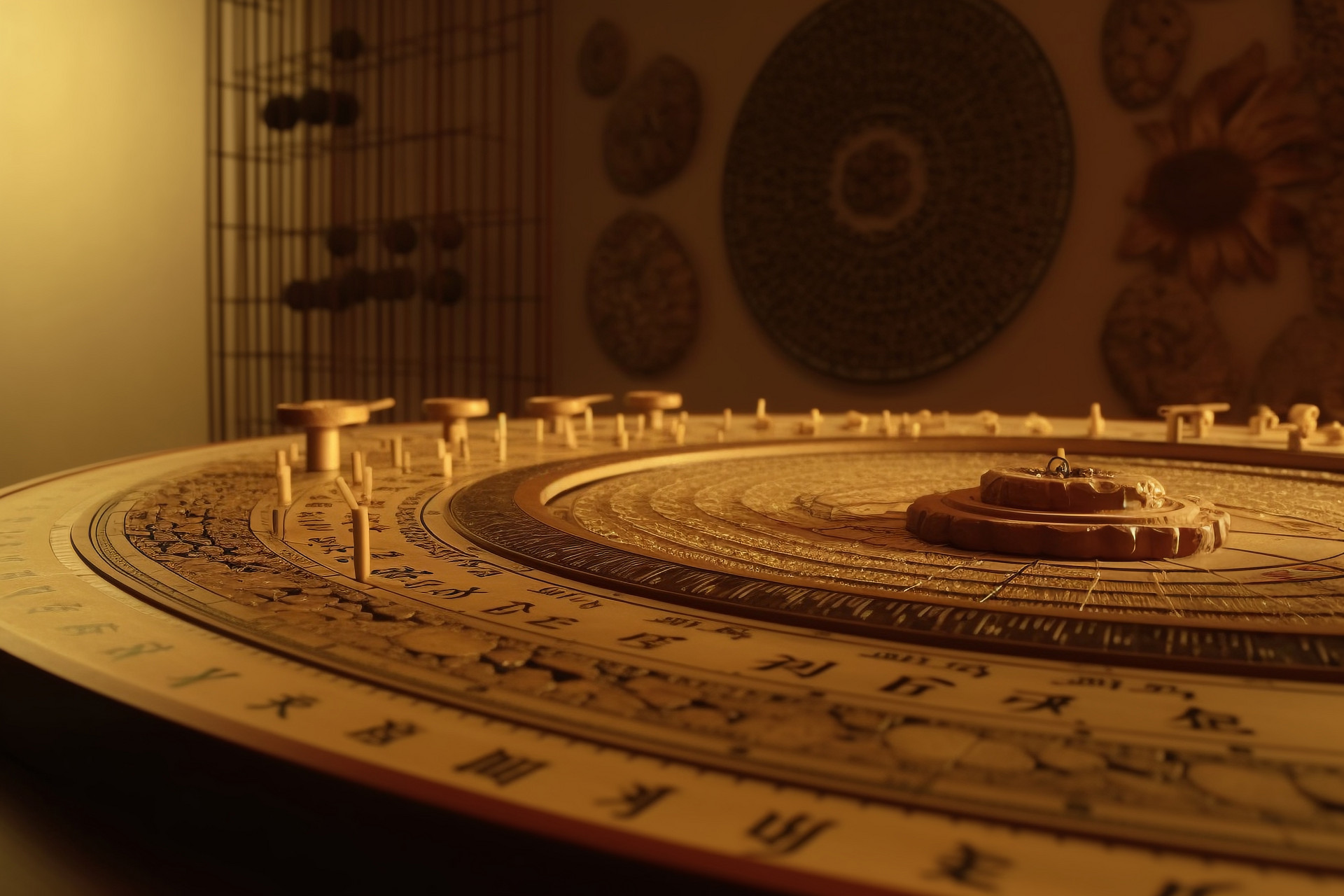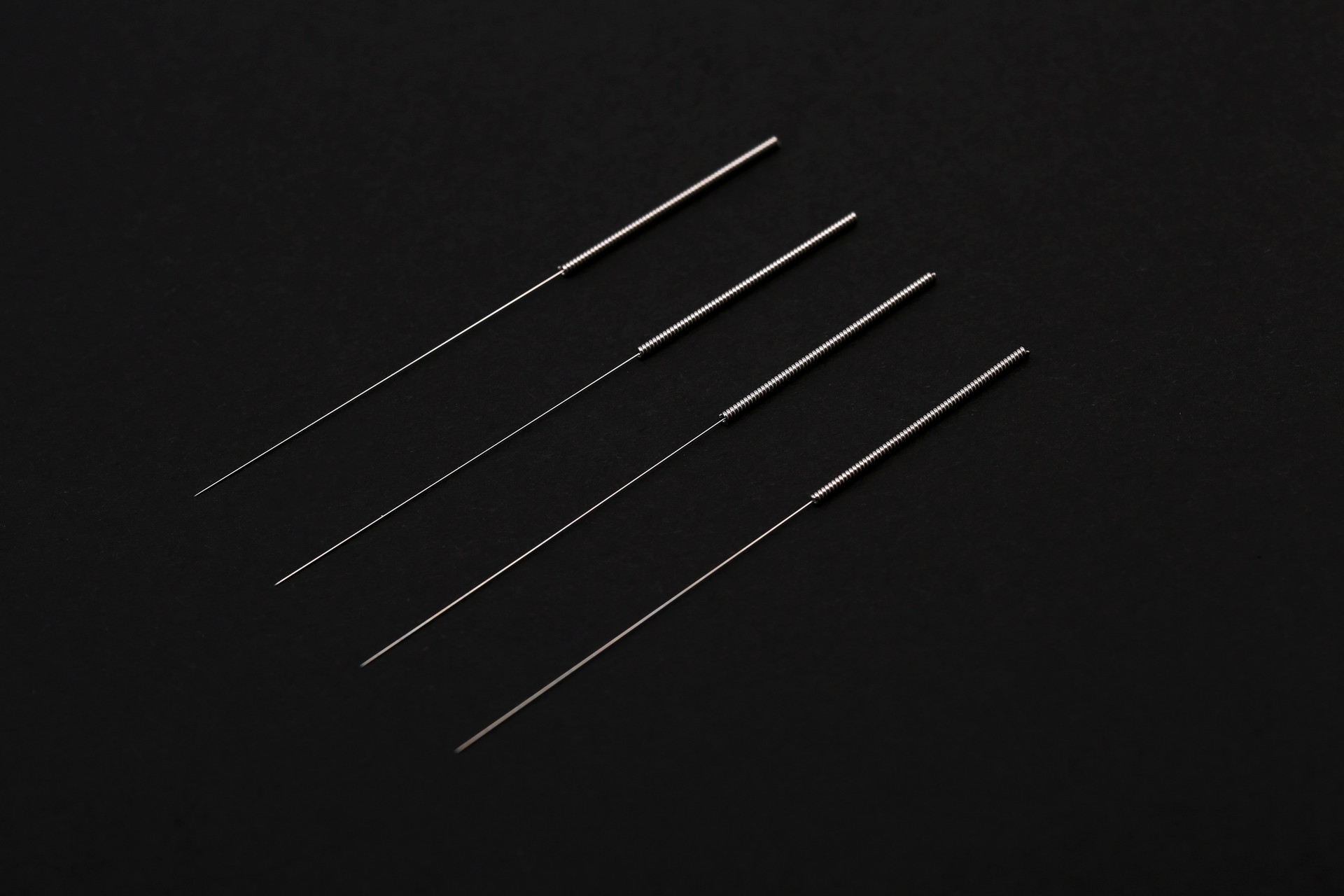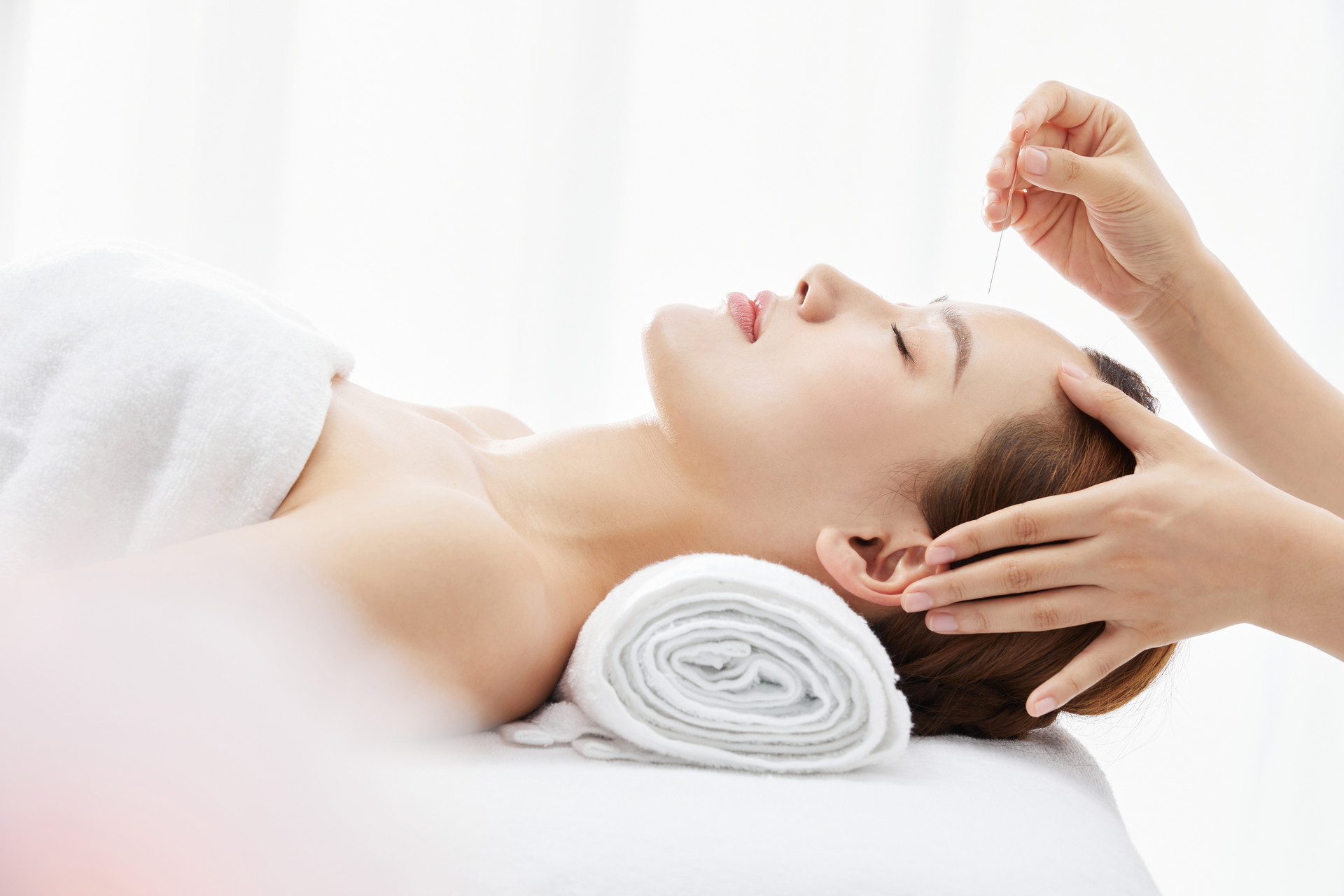Chinese acupuncture and moxibustion is one of the ancient health care therapies passed down in China. Acupuncture stimulates the body's acupuncture points through needle insertion, promoting blood circulation, clearing meridians, and relieving fatigue. Acupuncture can treat many diseases and its effects are very significant. Today, I will introduce another therapeutic function of acupuncture.
Commonly used acupuncture points for treating male and female diseases:
Chinese acupuncture and moxibustion has the functions of strengthening yang, replenishing qi, activating meridians, dispersing blood stasis, and tonifying the middle. It is commonly used in the treatment of gynecological, surgical, and various inflammatory diseases. So, what are the commonly used acupuncture points for moxibustion in the treatment of gynecological and male diseases?
Women are often troubled by gynecological diseases, and the most common one is gynecological inflammation. Moxibustion can also have a good therapeutic effect on this disease.
The commonly used acupuncture points for gynecological inflammation are Qihai, Guanyuan, and Zhongji in the lower abdomen. If there is less menstruation, the Shuidao point can be added. The "Shuidao" refers to the passage of water, which is on both sides of the Guanyuan. If the inflammation is in the lower part of the accessory, which we commonly refer to as pelvic inflammatory disease, or uterine inflammation, cervicitis, Zhongji can be used in conjunction with Sanyinjiao.
These two acupuncture points are also suitable for the treatment of prostatitis, prostate hyperplasia, and prostate enlargement in males. The Chinese Academy of Traditional Chinese Medicine has encountered many patients in clinical practice. After using the specialized acupuncture points for gynecology in the Dao Tang, the effects were very good, and some even saw rapid improvement and were less likely to relapse. However, there is a prerequisite that acupuncture should continue after improvement.
Another condition is bleeding, functional uterine bleeding with a large amount of bleeding. There is an acupuncture point with a very good therapeutic effect for this condition, called Yinbai. This acupuncture point is located on the spleen meridian, at the depression between the red and white meat of the lateral margin of the foot, just below the first metatarsophalangeal joint. When finding this acupuncture point, sit upright with the left foot crossed over the right leg, use the right thumb to press the inner edge of the foot (the inner side of the foot), and depress the posterior depression near the prominent bone near the root of the big toe. There is one Yinbai point on each foot, and the method for finding it on the right foot is the same as on the left foot. We had some cases before where moxibustion on this point once or twice was effective. Moxa sticks can be used, or direct moxibustion with moxa cones, moxibustion for two to three sticks is sufficient. For moxa sticks, a short time of fumigation is enough.
Another condition is fetal malposition. Generally, moxibustion is cautious during pregnancy, especially in the lumbar sacral region, but fetal malposition is an exception. A very important acupuncture point for treating fetal malposition is Zhiyin. It is widely used in various hospitals and even among the public. Moxibustion on Zhiyin can help to correct fetal malposition. Zhiyin is located on the outer side of the little toe, 0.1 inch from the corner of the toenail.
When finding this acupuncture point, sit upright with the left leg bent and placed in front of the body. Bend over, hold the foot with the left palm facing up, and hold the foot with four fingers, with the thumb on the outer side, bending the thumb and placing it slightly behind the outer end of the little toe, where the outer side of the little toe nail is. The method for finding it on the right side is the same as on the left side. After childbirth, if the body is weak, it is usually due to excessive blood loss. Zongwan and Pishu can be added.
Other commonly used acupuncture points for gynecology include the back shu points of the spleen, liver, and kidney, as well as Qihai, Guanyuan, Zhongji, and Sanyinjiao. These acupuncture points are commonly used for gynecological diseases. As for which specific acupuncture point to use, as long as you feel that the position is close to the site of the disease, you can choose it. The criteria for choosing acupuncture points are simple. One is the local area, which means selecting acupuncture points that correspond to the affected area. Another criterion is the corresponding shu points. For example, for cervicitis, Zhongji can be selected, and the corresponding shu point on the back is the kidney shu point. In addition, add Sanyinjiao. Take a look at this pattern, the Zhongji point is taken near the lesion, and Zhongji belongs to the kidney, so the kidney shu point is selected. On this meridian, another acupuncture point is selected in the distal end, which is Sanyinjiao. This is a train of thought for selecting acupuncture points.
Let's talk about male diseases. For men, there are mainly two types of diseases: prostate problems and sexual dysfunction. Zhongji can be moxibusted for prostate problems. If the body is weak and the qi is deficient, Qihai should be moxibusted as well. Under normal circumstances, Guanyuan and Zhongji are used more often. For people with sexual dysfunction, Guanyuan is a must. In terms of quantity, it can be moxibusted more, and long-term moxibustion is beneficial for functional recovery.
Gynecological or male diseases, especially female diseases, are often related to the liver, spleen, and kidneys. On the bladder meridian in the back, there are some shu points of the internal organs. What are shu points? They are the points where the qi of the internal organs is transferred in the back. For example, the lung shu point is 1.5 inches beside the third thoracic vertebra, and the heart shu point is 1.5 inches beside the fifth thoracic vertebra. There are also liver shu points, gallbladder shu points, spleen shu points, and stomach shu points, which are adjacent to each other.
The liver is located at the ninth thoracic vertebra, the gallbladder is at the tenth thoracic vertebra, the spleen is at the eleventh thoracic vertebra, and the stomach is at the twelfth thoracic vertebra. The spine of the human body has a total of 12 segments, so the shu points of the liver, gallbladder, spleen, and stomach are 1.5 inches on both sides of the lower thoracic vertebra. In addition, there is another kidney shu point below. It is 1.5 inches beside the second lumbar vertebra, which is two segments below the stomach shu point. When finding this acupuncture point, first find a fixed point, which is the Gate of Life. The Gate of Life is the position directly opposite the navel on the back. Another method is to find two bony protrusions on both sides of the hip bone, called iliac crest. Draw a line backward from here, and there is a depression at the connection. This depression is the fourth lumbar vertebra, and it is also an acupuncture point called Yangguan. The so-called "Yangguan" is the gateway of yang qi.


